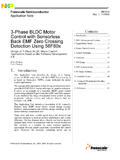Transcription of MSA Gas Detection Handbook - Gilson Engineering …
1 MSA Gas Detection HandbookThe MSA Gas Detection Handbook is designed to introduce users to key termsand concepts in gas Detection and to serve as a quick reference manual forinformation such as specific gas properties, exposure limits and other Handbookcontains: a glossary of essential gas Detection terms and abbreviations. a summary of key principles in combustible and toxic gas monitoring. reference data including physical properties and exposure limits for the most commonly monitored gases, in industrial and variousother environments. a comparison of the most widely-used gas Detection technologies. a table indicating the gas hazards common to specific applicationswithin major industries. a summary of key gas Detection instrumentation approvalsinformation, including hazardous locations classification.
2 MSA s exclusive Sensor Placement Guide, detailing important factors to take into consideration when determining optimum gas sensor to User:Mine Safety Appliances Company ( MSA ) makes no warranties,understandings or representations, whether expressed, implied or statutoryregarding this gas Detection Handbook . MSA specifically disclaims anywarranty for merchantability or fitness for a particular purpose. In no eventshall MSA, or anyone else who has been involved in the creation, productionor delivery of this Handbook be liable for any direct, indirect, special,incidental or consequential damages arising out of the use of or inability touse this Handbook or for any claim by any other Gas Detection HandbookTable of ContentsSection 1.
3 7 Gas Detection Terms & AbbreviationsSection 2 ..15 Gas Monitoring CategoriesCombustible AtmospheresToxic Atmospheres Oxygen Deficiency/ Enrichment AtmospheresGas Detection TechnologiesGas SamplingSection 3 ..49 Gas Information TableSection 4 ..71A Selection of Gases Typically Associated with Various IndustriesSection 5 ..103 ApprovalsHazardous Locations ClassificationCLASS I:Flammable Gases, Vapors or LiquidsCLASS II:Combustible DustsCLASS III: Ignitable Fibers & FlyingsATEX Explosive AtmospheresA Selection of Recognized Testing LaboratoriesSystem InstallationSection 6 ..131 Sensor Placement GuideSection 7 ..139 CalibrationSection 8 ..142 ResourcesSection 1 Gas Detection Terms & AbbreviationsMSA Gas Detection Handbook8 Gas Detection Terms & AbbreviationsACGIH- American Conference of Governmental Industrial Set Point - The selected gas concentration level at which an alarm is air - Surrounding air to which the sensing element is normally exposedin its installed A substance that impairs normal breathing by displacing The total gases, vapors, mists and fumes present in a specific Temperature [also spontaneous ignition temperature (SIT)- Theminimum temperature at which a combustible substance (gas, vapor, liquid or solid) will ignite and sustain combustion under its own heat Check (Functional Test)]
4 - Procedure used to verify the response of aninstrument which does not include actual adjustment. (also known as Span Check )Calibration- Procedure by which the performance of a detector is verified tomaximize the accuracy of its readings. A calibration is performed by: (1)comparing the instrument with a known standard, and (2) adjusting theinstrument reading to match the Gas (also Span Gas )- A known concentration of gas that is usedto set instrument The maximum gas concentration to which a worker may be Gas*- A gas that is capable of igniting and The rapid oxidation of a substance involving heat and Space- An area that is large enough for an employee to bodily enterand perform work, has limited or restricted areas of entry or exit, and is notdesigned for continuous human occupancy.
5 * Any material that will burn at any temperature is considered to be combustible , so this term covers all such materials, regardless of how easilythey ignite. The term flammable specifically refers to those combustible gasesthat ignite easily and burn Gas Detection Handbook9 Gas Detection Terms & AbbreviationsController- The part of a gas detector that provides centralized processing ofthe gas signal. The controller receives and responds to the electrical signalfrom the sensor to output an indication, alarm or other function. Cross Sensitivity- The predictable response of a detector to compounds otherthan the target Point- The temperature at which a gas (air) is saturated with acondensable Process by which particles spread from regions of higherconcentration to regions of lesser concentration as a result of randommolecular movement.
6 Also used to describe the process by which theatmosphere being monitored is transported to the gas-sensing element bynatural random molecular Sensor- A sensor that uses an electrochemical reaction toprovide an electrical output proportional to the measured gas Rapid uncontrolled combustion process which generates a hightemperature, a large volume of gas, and a pressure or shock (XP)- Method of protection in which an explosion in a hazardous location is prevented by containing any combustion within thedevice, and thereby, preventing it from spreading into the atmospheresurrounding the (or Flammable ) Limits- Though a flammable liquid can supportcombustion at its flash point temperature, to sustain it requires the vaporconcentration to be between two specific levels, or flammable limits , the lower flammable limit and the upper flammable limit.
7 (see below) Any gas or vapor concentration that falls between these two limits is in theflammable range. Lower Explosive (or Flammable ) Limit (LEL) - the minimumconcentration of a vapor (usually expressed as the percentage ofmaterial in air) required to sustain a fire. Upper Explosive (or Flammable ) Limit (UEL) - the maximumconcentration of a vapor (usually expressed as the percentage ofmaterial in air) beyond which a fire cannot be sustained, as theamount of oxygen would be insufficient to continue the Gas Detection Handbook10 Gas Detection Terms & AbbreviationsExplosive (or Flammable ) Range- The range that encompasses any gas orvapor concentration between the substance s lower explosive limit and upperexplosive limit, and is therefore capable of sustaining Gas*- This term applies to a special group of combustible gasesthat ignite easily and burn rapidly.
8 Flash Point- The minimum temperature at which a liquid gives off enough vaporto form an ignitable mixture with air (reaching 100% LEL).Gas- A state of matter characterized by very low density and viscosity (relativeto liquids and solids), comparatively great expansion and contraction withchanges in pressure and temperature, ability to diffuse readily into other gases,and ability to occupy with almost complete uniformity the whole of anycontainer. (Often used interchangeably with vapor .)Gas Detection Instrument- A device composed of electrical, optical,mechanical or chemical components that senses and responds to the presenceof gas Purpose (GP) Enclosure- An enclosure intended for indoor use in non-hazardous rated areas, primarily to prevent accidental contact of personnelwith the enclosed equipment in areas where unusual service conditions do not Atmosphere- (As defined by OSHA 29 CFR ) An atmospherein which workers are exposed to the risk of death, injury, incapacitation The amount of water vapor present in the (Immediately Dangerous to Life and Health)**The maximum concentration level of a substance (gas)
9 From which a workercould escape within 30 minutes without developing immediate, severe orirreversible health effects, or other escape-impairing symptoms. IDLH levels aremeasured in ppm (parts per million).**As defined by NIOSH (National Institute for Occupational Safety and Health).* Any material that will burn at any temperature is considered to be combustible , so this term covers all such materials, regardless of how easily they ignite. The term flammable specifically refers to those combustiblegases that ignite easily and burn Gas Detection Handbook11 Gas Detection Terms & AbbreviationsInterferent- Any gas other than the target gas that will cause a response from agas Safety (IS)- A method of protection in which an explosion is preventedthrough an electrical design using energy storage devices in which thepossibility of ignition is (Lower Explosive Limit)- (see Explosive Limits )Monitor - An instrument used to continuously measure a condition that must bekept within specific National Institute for Occupational Safety and United States Department of Labor Occupational Safety and Deficient Atmosphere- An atmosphere containing less than by volume.
10 (Possesses a risk of insufficient oxygen for breathing.)Oxygen Enriched Atmosphere- An atmosphere containing more than by volume. (Possesses an increased risk of explosion.)PEL (Permissible Exposure Limit)- An airborne concentration of contaminantthat most workers can be exposed to repeatedly in a normal 8- hour day, in a 40-hour week, without adverse health effects. PEL levels are measured in ppm(parts per million) and are established by (or Fixed) Gas Monitor- A gas monitor that is permanently installedin a (Parts Per Million)- The most common unit of measurement for toxicgases. A 10,000 parts per million gas concentration level equals a 1% byvolume Density- The density of a gas as compared to that of another gas(typically air).
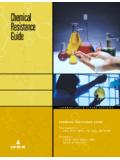
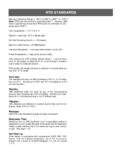
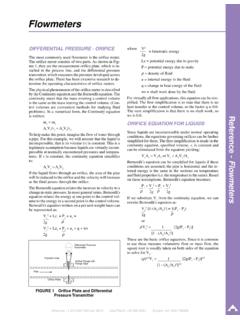

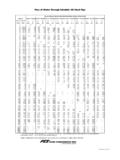
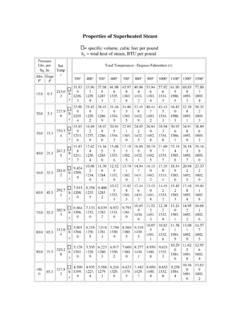
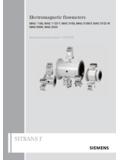
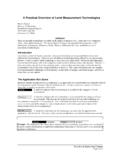
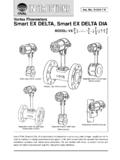
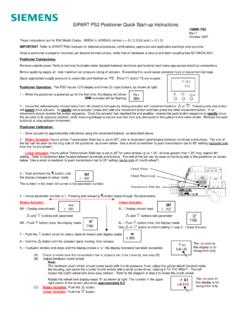
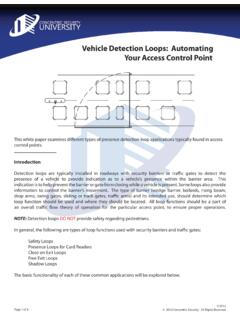
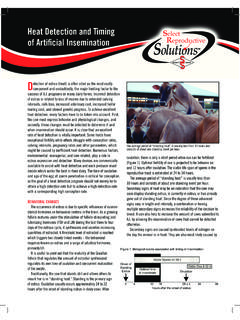
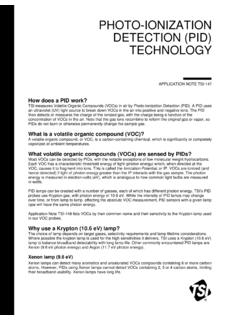
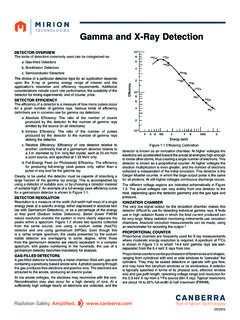

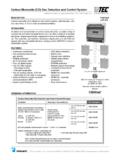
![Abstract arXiv:1506.02640v5 [cs.CV] 9 May 2016](/cache/preview/a/3/9/e/e/5/9/7/thumb-a39ee597b55a06b0e86e1cebc7152b1f.jpg)
